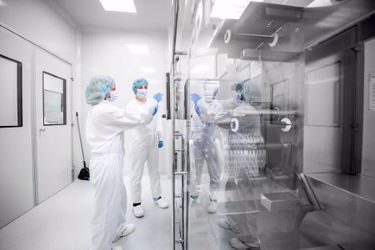Large-Scale Continuous Biomanufacturing: Utilizing N-1 Technology For Higher Productivity And Quality
By Seungsun Lee and Chunggeun Lee, Samsung Biologics

The rate of discovery of new biologic modalities, the pace of innovation for complex molecules, and the need to focus on defined patient populations to address specific therapeutic demands has led to more production, often in smaller batches of drugs. However, the biopharmaceutical industry has not been unaffected by global economic instability. That threat, combined with rising drug development costs, has made increased productivity with higher titers — while maintaining lower COGS — critical to staying competitive.
This dynamic necessitates more efficient process platforms that facilitate multi-product manufacture, faster batch turnaround, and production flexibility. In response, the industry has increasingly turned to continuous manufacturing (CM) as a solution since it enables high cell densities and, in turn, faster and more efficient productivity.
Samsung Biologics has innovated the use of N-1 perfusion for commercialization-scale production, overcoming numerous challenges to ensure its utility in meeting the unique needs of each client. Samsung Biologics’ extensive experience using both fed-batch and N-1 perfusion processes has provided us expertise in the challenges and considerations associated with process development for each — whether those entail adapting a traditional process to N-1 intensification or helping clients overcome difficulties associated with raw material, media, and supply chain.
Get unlimited access to:
Enter your credentials below to log in. Not yet a member of Bioprocess Online? Subscribe today.
